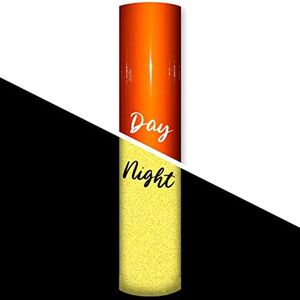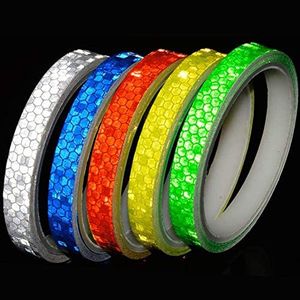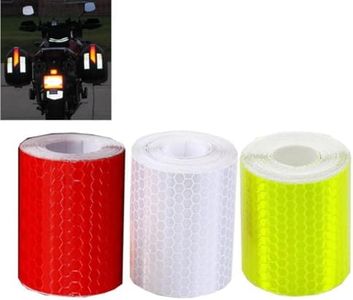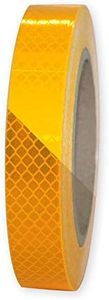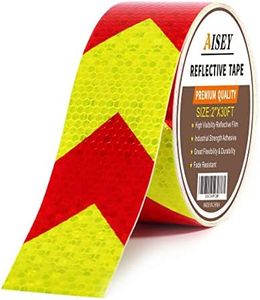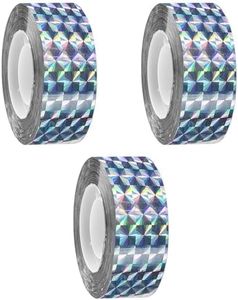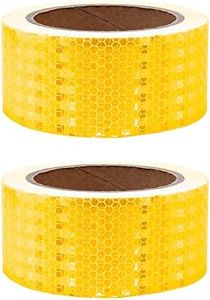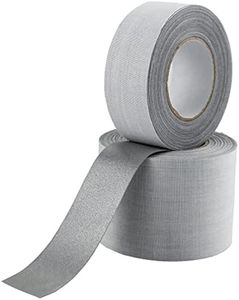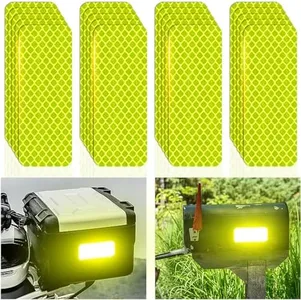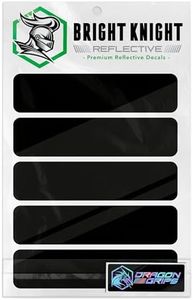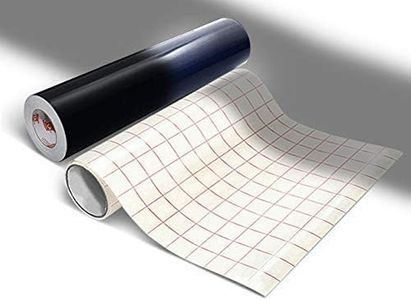We Use CookiesWe use cookies to enhance the security, performance,
functionality and for analytical and promotional activities. By continuing to browse this site you
are agreeing to our privacy policy
10 Best Reflective Tapes
From leading brands and best sellers available on the web.By clicking on a link to a third party's website, log data is shared with that third party.
Buying Guide for the Best Reflective Tapes
Choosing the right reflective tape is important for safety, visibility, and durability, whether you are marking vehicles, bikes, driveways, or work equipment. A good approach is to first consider where and how you intend to use the tape. Think about the environment—will the tape face outdoor weather, heavy traffic, or repeated cleaning? Selecting the right tape involves understanding several key specifications that determine how well the tape will perform for your needs.ReflectivityReflectivity refers to how much light the tape can bounce back, making it visible at night or in low light conditions. Tapes with higher reflectivity shine brighter when headlights or torches hit them, which is essential for safety on roads or construction sites. Reflectivity is typically divided into basic (visible up close, used indoors or in low-risk areas), standard (good for general outdoor use like marking bikes or tools), and high (designed for vehicles, highways, or hazardous locations). To choose the right level, think about how far away you want the tape to be seen and how critical visibility is in your situation.
Adhesive StrengthAdhesive strength is about how strongly the tape sticks to surfaces. Some tapes use gentle adhesives for short-term or indoor applications, while others are designed to withstand weather, washing, or rough handling. Light-duty adhesive is best if you need temporary markings or want to avoid sticky residue. Medium-duty works for most indoor and basic outdoor uses. Heavy-duty adhesive is necessary when the tape may be exposed to rain, sunlight, or frequent cleaning. Choose based on whether your tape needs to stay stuck for a long time and whether it will face harsh conditions.
Durability (Weather and Wear Resistance)Durability covers how well the tape stands up to elements like rain, sun, cold, and abrasion. Some tapes are meant just for inside jobs and can fade, peel, or crack outside. Others are durable enough for vehicle exteriors or equipment that will get knocked or rubbed. Indoor-use tapes are lighter and may last months to a year; outdoor-use tapes are UV/weather-resistant and last years; specialist heavy-duty tapes offer extra protection against chemicals and rough use. Match the tape’s durability to the environment you’ll use it in—longer exposure or harsher use calls for higher durability.
Color and PatternColor and pattern play roles in how easily the reflective tape draws attention and what it signals. Common colors include white, red, yellow, and fluorescent orange or green, while patterns may be solid, striped, or have chevrons. Solid colors work for simple visibility, while stripes or chevrons signal caution or direction. For road safety, certain colors may be required by regulations. To choose, think about the level of visibility wanted and whether you need to communicate a warning, direction, or only improve night-time presence.
Width and LengthWidth and length determine how much area you can cover and how noticeable the tape will be. Narrow tapes provide discreet highlights or fit tight spaces, while wide tapes are more visible and better for marking large objects or areas. Reflective tape is sold in short lengths for small jobs or in large rolls for big projects. Consider what you are marking—the size and shape—and how much tape you need, choosing a width that stands out but fits your surface, and a length that covers your full project without many joins.
Type of Surface CompatibilityNot all tapes stick well to every surface. Some are made for smooth surfaces like metals, plastics, or glass, while others can grip onto rough materials like wood, concrete, or fabric. Using a tape on an incompatible surface can result in peeling or poor adhesion. When choosing, check the recommended surfaces for the tape, and if marking curved or irregular objects, look for a flexible tape that can bend and wrap without lifting.
